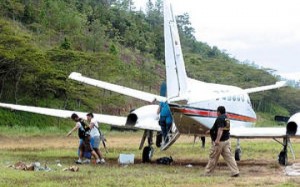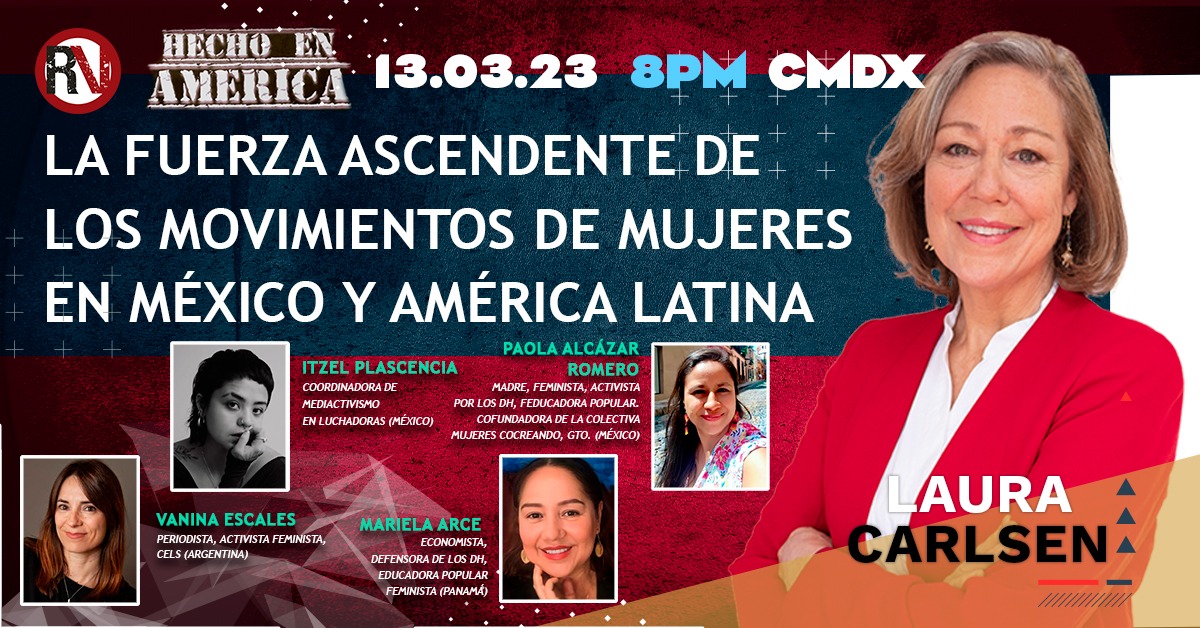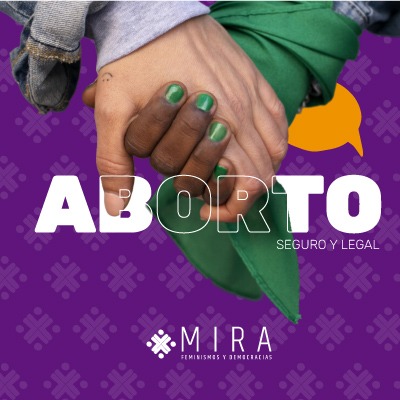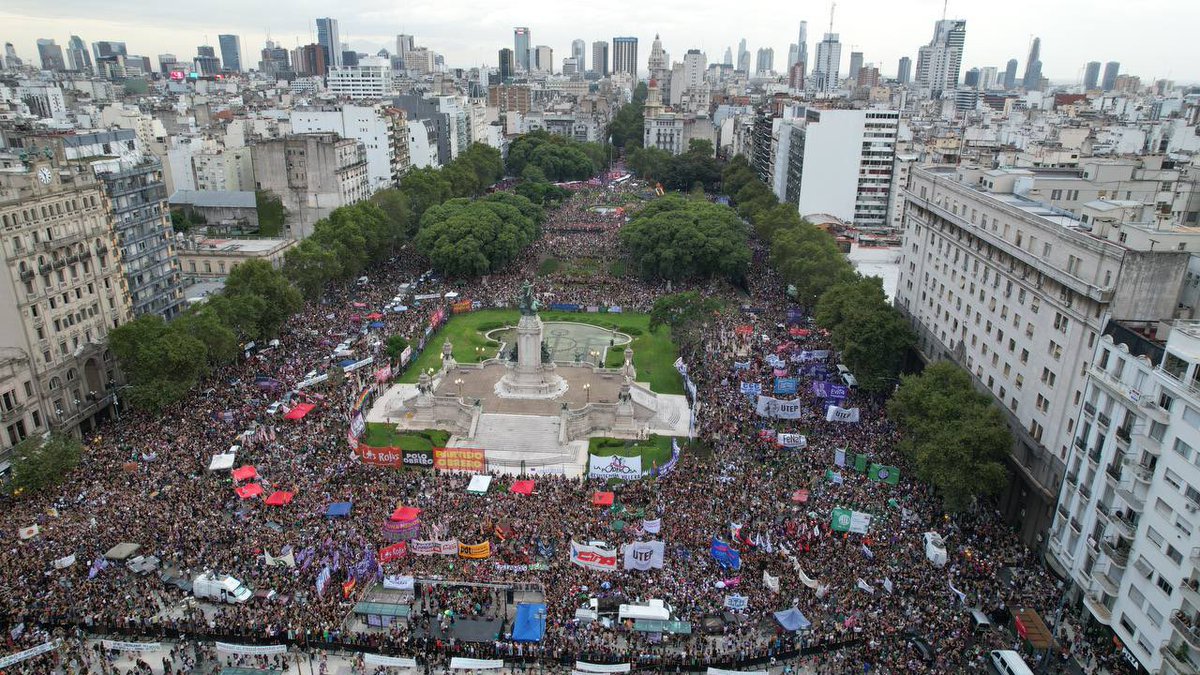 This article is the first of an Americas Program series on how the Mexican drug wars are now affecting Central America. It focuses on the Central American country of Honduras, where the new wave of drug trafficking coincides with the democratic collapse since the coup of 28 June 2010.
This article is the first of an Americas Program series on how the Mexican drug wars are now affecting Central America. It focuses on the Central American country of Honduras, where the new wave of drug trafficking coincides with the democratic collapse since the coup of 28 June 2010.
When Felipe Calderón took up the Mexican presidency, he declared war on drug trafficking. Now, three years down the line, many are worried that Mexican traffickers intend to broaden their networks to Central America, bringing in their wake corruption, violence and death. Such a move would be the prelude to the widespread adoption of a militarized strategy similar to Mexico’s, where there are constant complaints of human rights violations.
Violence is already present in Central America, and connected to drug trafficking. The United Nations World Drug Report 2010 states that in El Salvador, Honduras, Guatemala and Belize homicide rates are three to five times higher than in Mexico.
In 2008, Honduras registered the highest homicide rate in the region. For every 100 thousand inhabitants 60.9 murders were committed; El Salvador reported a rate of 51.8 homicides and Guatemala 49 per 100 thousand, in contrast to Mexico’s 11.6 in the same year.
“The most affected region nowadays is the northern triangle of Central America: Guatemala, Honduras and El Salvador. In these countries, the intense violence stemming from drugs has created grave problems for governance”, warned the UN in the executive summary of the World Drug Report.
Although drug traffickers have been present in Central America for decades and have used the region as a route since the eighties, more traffic is now being registered and more Mexican traffickers are present.
Since the time of the Colombian drug lord Pablo Escobar in the eighties, Central America has been used for the transport of drugs. Colombian cartels sent their merchandise directly or employed Mexican traffickers to get their wares to the United States, which was the main cocaine market then as now.
Central America’s location sets it directly on the route between Colombia and the USA. However, at that time Colombian groups preferred to transport their drugs via the Caribbean, and according to the 2007 “Crime and Development in Central America” report from the UN Office on Drugs and Crime, Central America began to be used more in the nineties as Mexican trafficking bands expanded.
Colombian gangs also began to use civil and military Central American airports to transport cocaine. Honduras was used frequently, according to various sources. The Colombian specialist Eduardo Correa assures the Americas Program that the Palmerola military base in Honduras was used to that end in the eighties, in the time of Pablo Escobar.
In his book El Narcotráfico en América Latina (English: Drug Trafficking in Latin America), Adalberto Santana indicates that in the seventies and eighties, during some of which time Honduras was under military rule, the Central American country became a US ally against communism in the isthmus. Santana states that the US tolerated drug trafficking that even the highest ranks of the military government were involved with. The author cites a report – “El Narcotráfico en Honduras 1982-1988” (English: Drug Trafficking in Honduras 1982-1988) – from the Honduras Data Centre, according to which drug trafficking there between 1982 and 1987 made revenue of 12 billion dollars.
The only government that has been investigated or tried for complicity in the drugs trade is the one headed by Panamanian ex-president Manuel Antonio Noriega, who recently stood trial in France. As published on June 29 in the Reforma newspaper, the general was complicit in the eighties with the Medellin cartel, headed by Escobar, and drug planes flew freely over Panama. On July 7 2010 the French justice system condemned General Noriega to seven years of prison for money laundering.
In the nineties, the big Colombian organizations collapsed. The authorities began to control airspace more effectively, concentrating on the routes used from Colombia to the USA. And Mexican drug traffickers were becoming more active in the transport and sale of drugs. These factors led to changes in the routes and forms of transport used. Drugs were now transported by land and sea as well as by air.
According to the document Crime and Development in Central America, in 1999, 54 per cent of drug cargos went through Central America and Mexico, 43 per cent were sent over the Caribbean and only 3 per cent arrived directly from South America.
One year later, the percentage of traffic via Central America and Mexico increased to 66%. Drug cargo via the Caribbean descended to 33%. And by 2003 77 per cent of drugs were being transported through Central America and 22 per cent through the Caribbean.
In recent years, Central America has become a resting place for Mexican traffickers. Rather than just using it for transport, they see it as a place to stop off and avoid persecution from Mexican authorities, who declared war on the traffickers in 2006. Moreover, the Mexican gangsters hope to create Central American networks of trafficking and consumption. This is the position Honduras finds itself in.
“Chapo” likes Honduras
One of the preferred countries for Mexican drug traffickers is Honduras, and one of the most famous traffickers in the world has been spotted there.
Official sources claim that Mexico’s most wanted gangster, Joaquin “El Chapo” Guzmán, head of the Sinaloa cartel, has been seen in Honduras. Guzmán escaped from Puente Grande high security prison, in Jalisco, Mexico, in 2001 and has not been caught or arrested since.
On February 23 2010 the Honduran minister for security, Oscar Álvarez, said in a radio interview for Radio Fórmula that the wanted Mexican was known to be in Honduras.
Álvarez stated that the Sinaloa boss had spent a short time in the country, using it as a place to relax, and that during his stay a party was organized in an area known as “El Paraíso” (Paradise), with entertainment provided by Mexican bands.
Alvarez denied that Guzmán was permanently based in Honduras. However, having occupied the same post previously he was aware that since his 2002-2006 term there have been visits of both Mexican and Colombian drug traffickers to his country.
On December 8 2009 Julián Arístides, the anti-drugs tsar for Honduras, was gunned down from a motorbike while traveling in his pick up truck. His murder and Chapo’s visit both occurred after last June’s military coup against Manuel Zelaya.
On June 16 2010, more than six months after the motorbike murder, Oscar Álvarez declared that the Honduran drug trafficker Héctor Amador Portillo, nicknamed “El Gato Negro” (Black Cat), was responsible for the crime. As reported in the newspaper La Tribuna, Álvarez added that the alleged motive was that Aristides had discovered a secret Olancho-based ring run by Portillo. El Gato Negro’s hitmen were contracted by their Mexican counterparts from the Sinaloa cartel to end the tsar’s life.
Portillo was unable to respond to the accusations listed above: El Gato Negro was found dead in April 2010, with signs of torture, along with seven members of his gang.
Álvarez claims that “El Gato Negro” was contacted by “Chapo” Guzmán, and gave more information about the Mexican cartel’s activities in Honduras.
“They (the Sinaloa cartel) do not only transport drugs to the United States; they are also trying to form networks for drug dealing in Guatemala, El Salvador, Honduras and other Central American countries”, said the Honduran minister for security.
And according to Notimex agency as quoted in the Mexican newspaper El Financiero, Álvarez reported that “Chapo” Guzmán had entered and left Honduras via Guatemala on various occasions.
Although Honduras arrests significantly fewer drug dealers than Mexico does – six per hundred thousand inhabitants as compared to Mexico’s 22 – the Hondurans are ahead of Guatemala, who are cited in the 2010 World Drug Report as arresting two per hundred thousand.
Drug flights
The same Honduran minister of security, Oscar Álvarez, has said that authorities in the country have records of light aircrafts confiscated when flying over Honduran territory towards Mexico to supply Guzmán’s Sinaloa cartel and the Golfo cartel, which is commanded by Ezequiel Cárdenas Guillén and recently separated from the Zetas armed group.
The number of drug-trafficking light aircrafts recorded has risen considerably in the last five years. In 2005 there were no cases on record in Honduras, in 2006 only one, and four drug planes in 2007 and 2008 each, El Heraldo newspaper informs. Alvarez states that “Drug trafficking through our country has increased. In 2009 many light aircrafts with more than 100 tons of cocaine flew from South America to the United States.” This figure is also cited by Ramón Custodio, the commissioner for human rights.
According to the Public Ministry’s annual reports, in 2005 55kg were seized, 2,714 in 2006, 1,704 in 2007, 6,764kg in 2008 and 6,655kg in 2009. Rather than these being successes of the anti-drug teams, these seizures were possible because planes crashed or broke down on Honduran soil, according to some newspaper reports that unfortunately do not cite their sources.
On July 22 2010 another airplane was detected in Brus Laguna, Gracias a Dios department, the Honduran newspaper La Tribuna reported. The paper stated that in three years 30 drug planes had been registered in different parts of the Honduran Atlantic.
We can see that figures contradict each other, depending on which source is consulted.
According to the 2010 World Drugs Report, the fact that Honduras has the highest rate of murders in the Central America region may be related to the growing use of national territory by airplanes carrying drugs.
Consumption on the Rise
The World Report indicates another problem: the growth in drug consumption. In Central America, the number of drug users oscillates between 120 thousand and 140 thousand. The report shows that since 2005 in Honduras, 15 per cent of the population consumes opiates, nine per cent cocaine, eight per cent cannabis, and eight per cent amphetamines.
The presence of drug traffickers in Central America has become a threat of such magnitude that the UN has issued a warning call. On June 26, International Day Against Drug Abuse and Illicit Trafficking, the UN published a bulletin expressing its worry that in area of West Africa and Central America “the trafficking of drugs may threaten the security and sovereignty of the states concerned.”
Still immersed in a legitimacy crisis, without the diplomatic recognition of many Latin American countries, and facing a significant increase in drug trafficking through its national borders, Honduras is not exempt from the warning.
Marco Antonio Martínez García is a Mexican journalist. He also contributes to the Americas Program.
Translated by: Nalina Eggert



